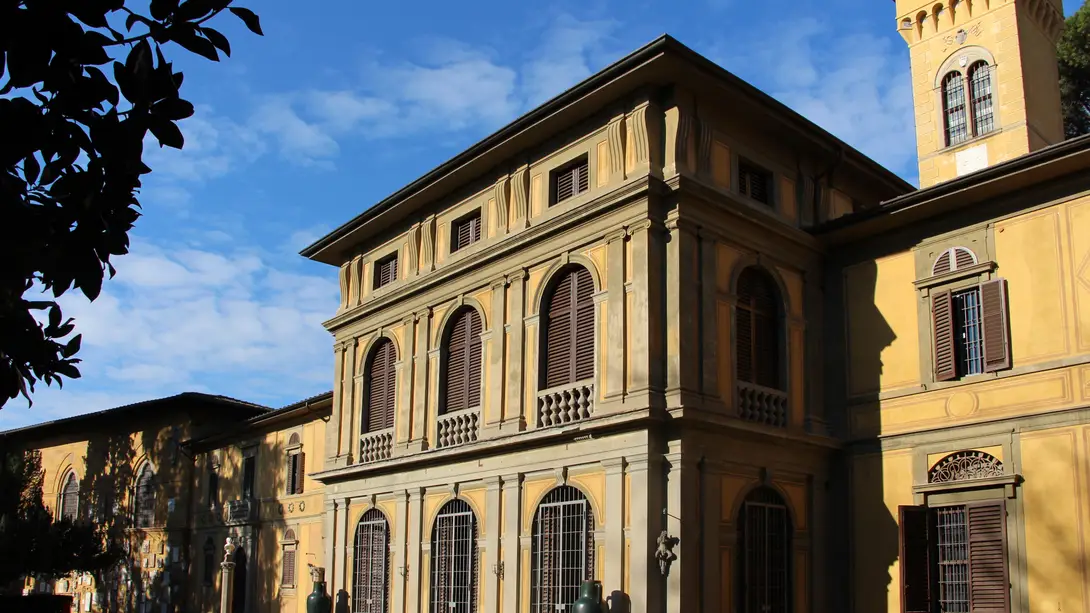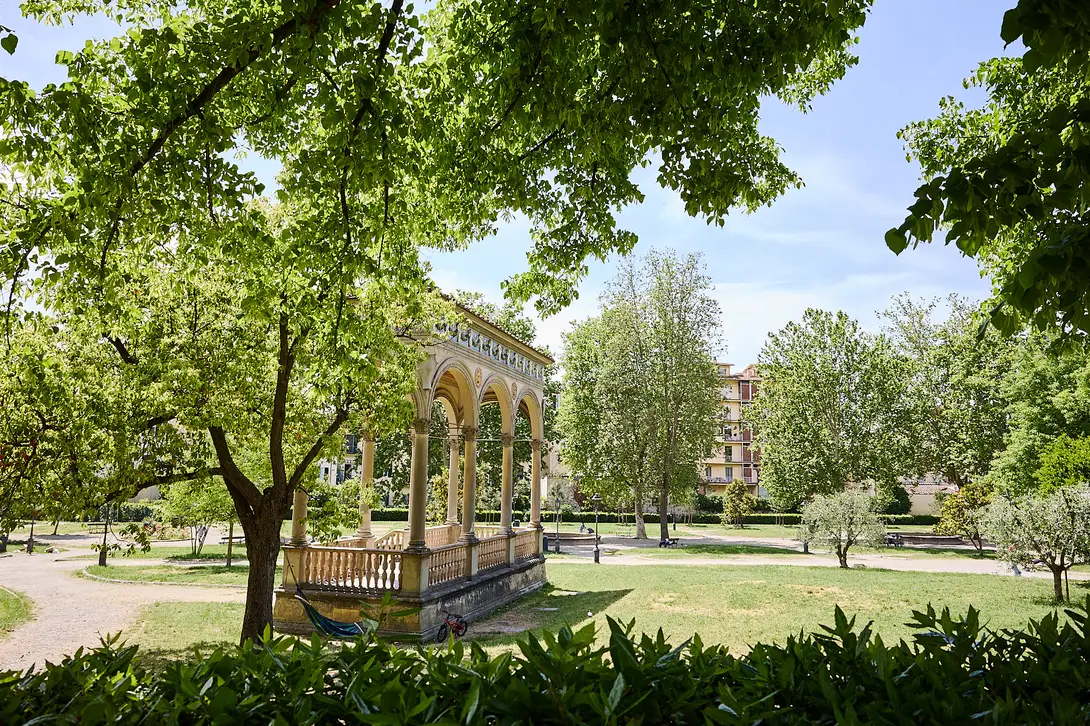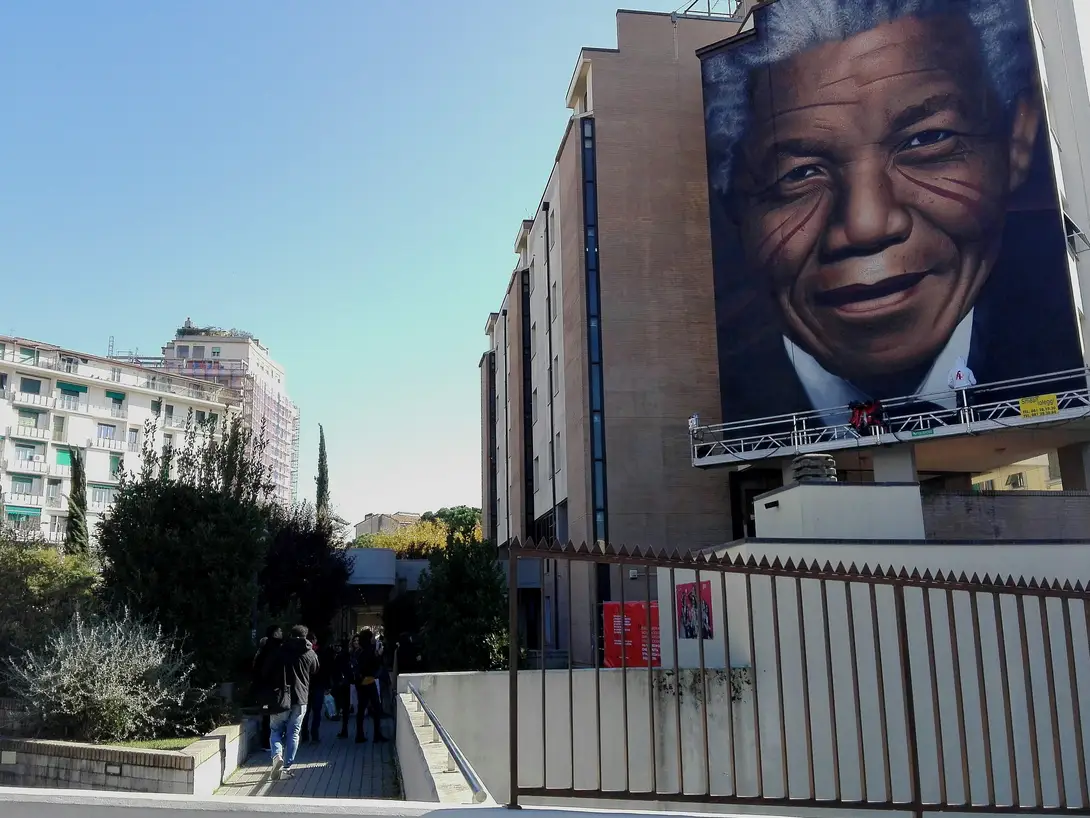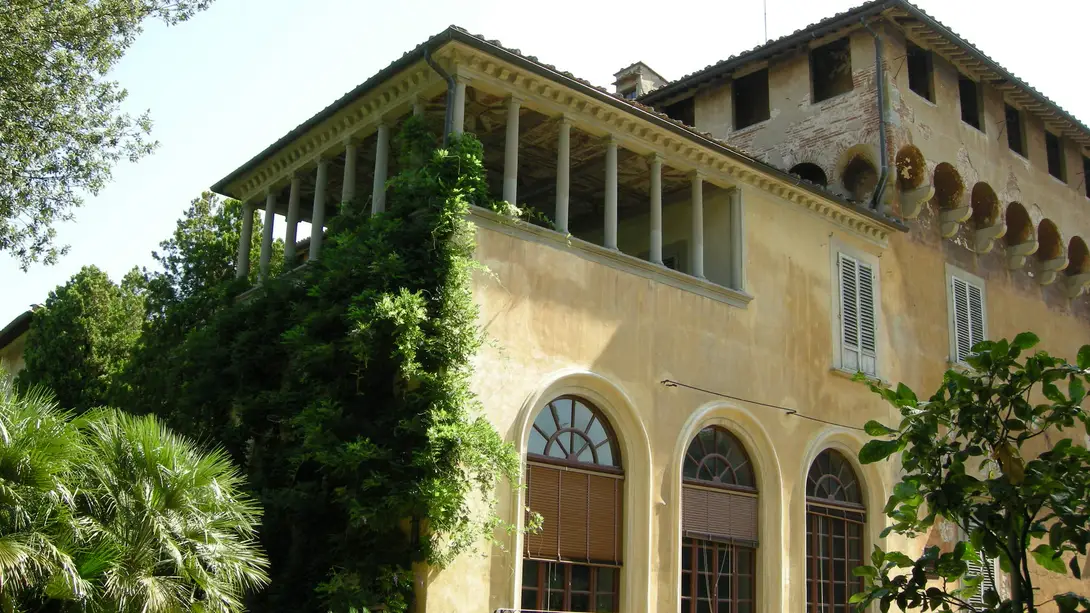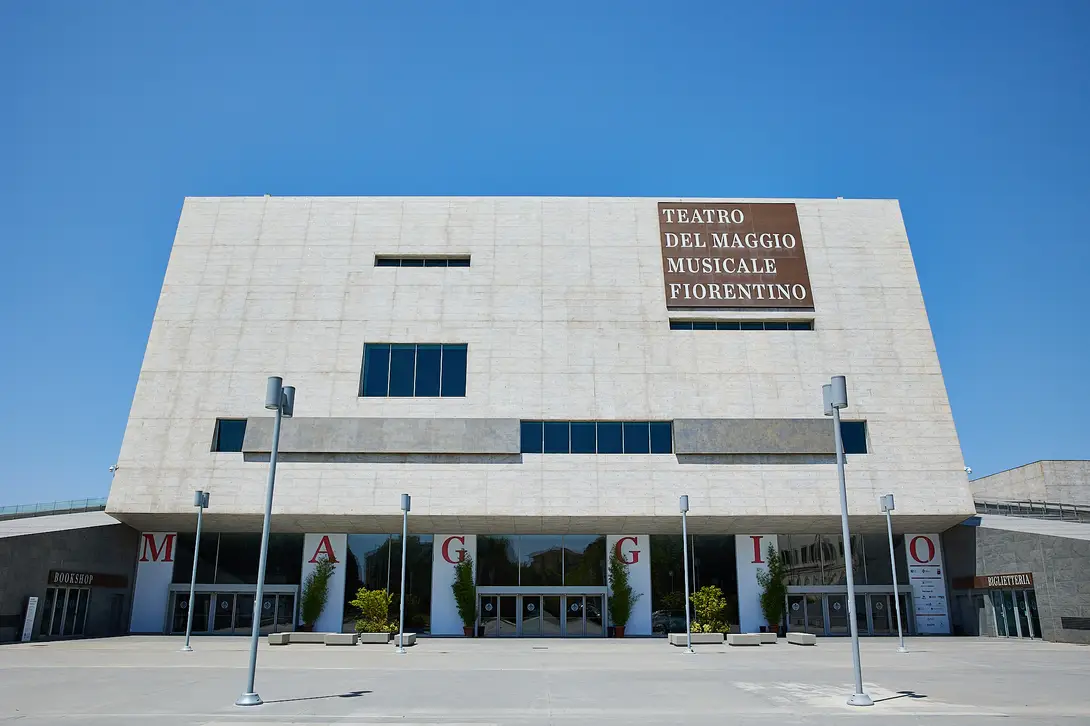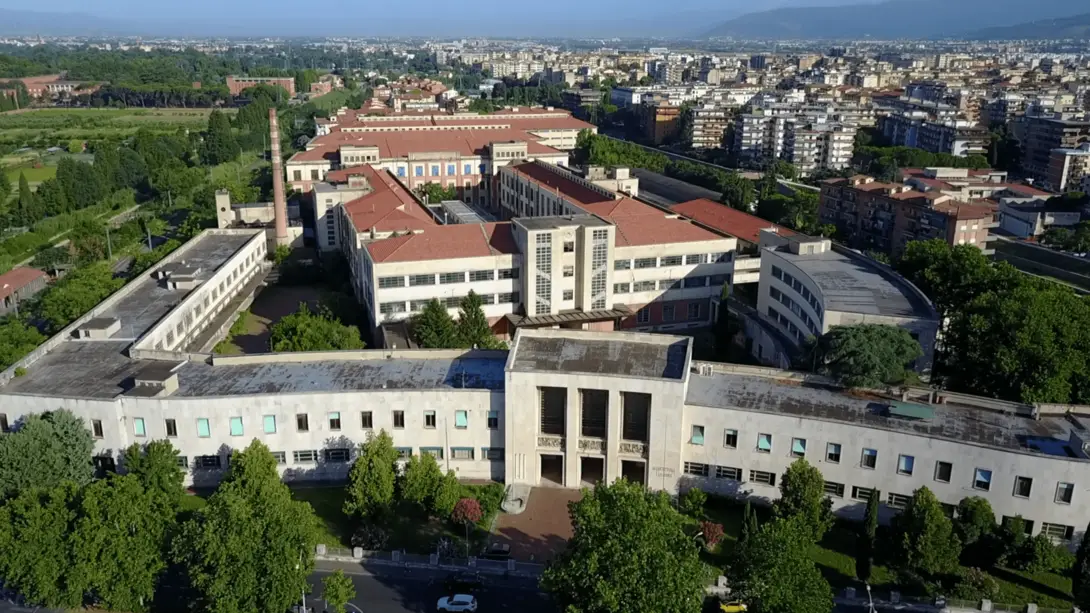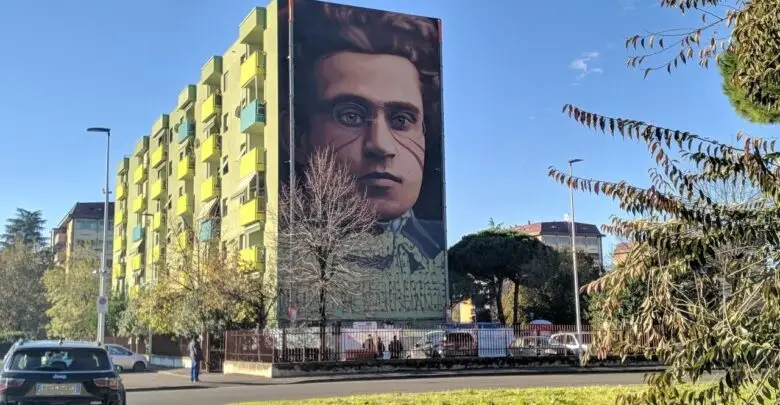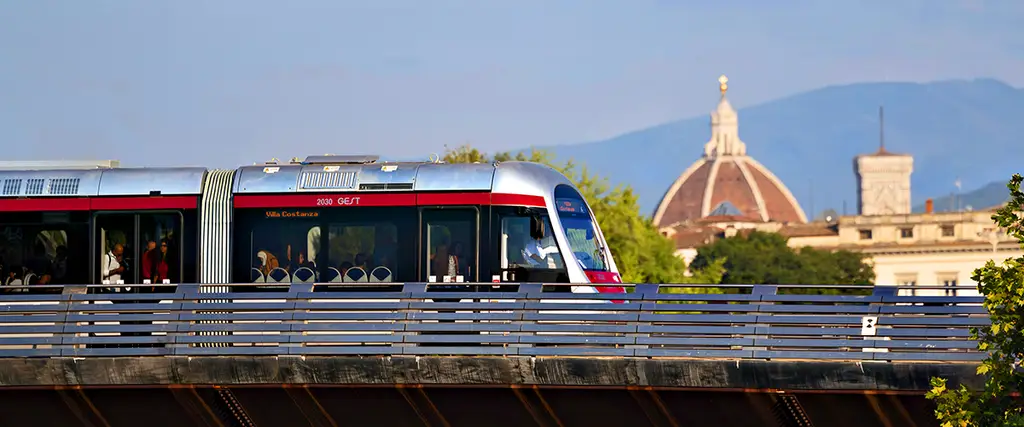
Tram-e d'arte. Florence by tram
With the arrival of the tramway the center of Florence has expanded its beauty beyond the area where once the ancient walls were. To raise awareness and enhance this wealth, the Tram-e-d’Arte,Florence by tram project is born, a new, sustainable and conscious way to experience Florence and its less known but fascinating face, as well as its more contemporary side, too often overlooked and which is instead becoming more and more characteristic of the city.
For each stop, the site www.tramedartefirenze.it collects the places of interest within about 1.5 km (about 20 minutes on foot), then also divided into 5 categories: Top Attractions, Museums and Churches, Parks and Sports , Shows and Culture, Shops and Markets. By creating new itineraries both for those people who live in these neighborhoods, those who pass through them for work and those who visit the city and want to get out of the more usual tourist circuits.
More than 200 small and large destinations, such as the Russian Orthodox Church of the Nativity, the first in Italy, the Villa Medicea di Careggi where Lorenzo il Magnifico died, but also entertainment and cultural centers such as the Teatro del Maggio Musicale Fiorentino and the Manifattura Tabacchi, the majestic Palazzo di Giustizia in Novoli area, the extraordinary Stibbert Museum, or even ancient churches where can be find precious and unexpected works of art, magnificent parks and street art masterpieces by some of the best known urban artists, but also sports centers, universities and Natural Shopping Centers.
In addition to this, an Events and News section, dedicated to the unmissable events along the tramway artery.
Guided tours are also planned so as to discover the most fascinating places, moving between the various tramway stops.
A project conceived and edited by Caterina Paolucci and Olivia Turchi for Associazione Via Maggio, created by Gruppo Editoriale, in collaboration with GEST (Management of the Tramway Service), with the contribution of the Municipality of Florence Tourism Department and Fondazione CR Firenze .
Comune di Firenze
Useful information
The places
Stages
Russian Orthodox Church of the Nativity of Christ
Not far from Fortezza da Basso, the Russian Orthodox Church of the Nativityof Christ was built at the end of the 19th century, strongly desired by the daughter of Tsar Nicholas I. The crypt (lower church) - dedicated to San Nicola Taumaturgo - is reached through a Narthex by a staircase leading to the upper church, with a domed vault and a series of characteristic "onion domes" covered with polychrome scales of majolica.
The interior of the upper church is particularly bright, mainly frescoed by Russian painters (life of Christ, saints of Russian Orthodoxy, evangelists, early Christian symbols). The precious iconostasis that divides the space between believers and celebrants is contemporary with the construction of the church, while the old iconostasis of the crypt and a number of valuable icons and liturgical furnishings come from the Demidoff Chapel in San Donato in Polverosa. Demidoff was a rich family of Russian industrialists, moved to Florence in 1822, and also owner of the Medici complex in Pratolino.
Stibbert Museum
The Stibbert Museum, conceived by Frederick Stibbert (1838-1906), is a rare example of a 19th-century museum: an extraordinary collection of arms, armour and works of art is displayed in a series of rooms whose evocative layout was designed to evoke the atmosphere of the period and the places of origin of the various objects.
The collections include weapons, armour, costumes, objects of furniture and applied art, tapestries and paintings from the 16th to the 19th century, displayed in 60 rooms. The Sala della Cavalcata (the riding hall) is remarkable, where life-size European and Oriental knights are arrayed; the Japanese section includes, in addition to arms and armour, bronzes, costumes, lacquerware: it is one of the most important in the world outside Japan.
The park surrounding the villa, dotted with pavilions, statues, fake ruins and even a small Egyptian temple, reflects Stibbert's adherence to the romantic and eclectic taste typical of his time.
Giardino dell'Orticoltura
In 1854 the "Società Toscana d'Orticultura" (Tuscan Society of Horticulture) was constituted. In the second half of the 19th century the garden got larger and Giacomo Roster designed the big tepidarium, inaugurated in 1880. The little loggia "Bondi" by the architect Castellucci was realized in 1911.
The Municipality of Florence bought the garden in 1930 and designated the area as a public garden. In 1990 the "snake" was completed with decorations of different materials following the project of Marco Dezzi Bardeschi.
Inside the garden there is also a playground for children.
Murale Nelson Mandela
Realizzato dall'artista Jorit sul lato di un palazzo nella piazzetta interna del centro commerciale Coop di piazza Leopoldo, il murale rappresenta lo statista sudafricano Nelson Mandela.
Dipinto nel 2018 dall'artista napoletano Jorit Agoch è un omaggio al premio Nobel per la pace simbolo della lotta per i diritti umani.
Villa di Careggi
This is one of the first residences of the Medici family.
The villa was bought by the father of Cosimo the Elder who had it enlarged by Michelozzo in 1454. It was the seat of the Platonic Academy, and the restoration, wanted by Cosimo I, added the frescos cycles by Pontormo and Bronzino.
By the mid 19th century the park was transformed according to the romantic taste of the owner Francis Joseph Sloane. Today it belongs to the Regione Toscana, and it is undergoing restoration works.
An understanding of the original design is not permitted by the trees that have been planted after. Of particular interest are the lemon-house and the grotto under the villa.
Teatro del Maggio Musicale Fiorentino
The new Opera House of Florence is an avant-garde music center for all of Europe. The “Park of Music and Culture”, which comprises the theatre, the auditorium and an open air amphitheatre, was planned by Paolo Desideri in 2008; it is home to the Maggio Musicale, the most important music institution of Florence.
Manifattura Tabacchi
Manifattura Tabacchi is an ex-industrial area of 100,000 square metreswhich is located in the immediate vicinity of the historic centre of Florence: the complex houses 16 buildings, elegantly arranged to create a variety of squares, streets and alleyways. Constructed in the1930sby Pier Luigi Nervi, the Manifattura representsone of the most significant expressions of Italianrationalist architecture. Up until its closure in 2001, the site produced cigars and cigarettes.
The redevelopment project is based upon the restoration and conservation of the site, enhancing its unique character and historical importance. With an innovative process of urban regeneration, Manifattura Tabacchi, will actas a magnet for contemporary art, fashion, education andnew trends in craftsmanship.
Nowadays the premises house events, resident artists, crafts; the international fashion school Polimoda is there together with a lively café-restaurant. In summertime open air cinema.
Parco di San Donato
The park was been created by an environmental and urban redevelopment plan in the Novoli area
Murale Antonio Gramsci
Si trova nel popolare quartiere dell'Isolotto il murale dedicato ad Antonio Gramsci, sulla parete esterna del condominio in viale Canova al numero 25/22.
Realizzato dall'artista napoletano Jorit alla fine del 2020, in prossimità al 130° anniversario dalla nascita del politico, il murale occupa 213 metri quadri di facciata di una casa popolare.

